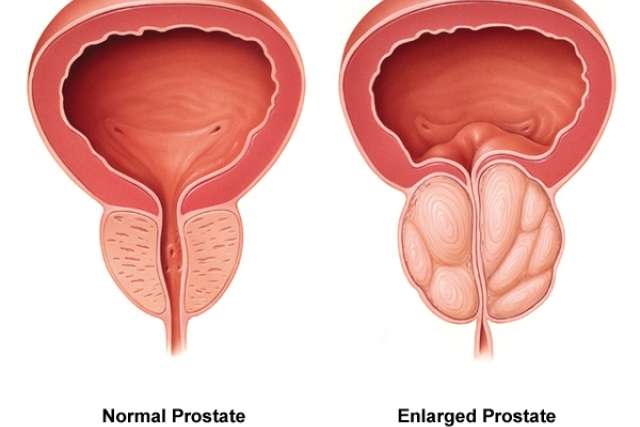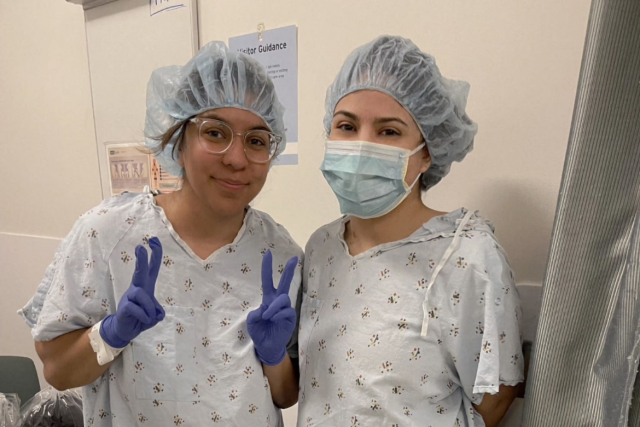Heart transplant patients who live in socioeconomically disadvantaged areas are more likely to experience post-surgical complications and die within five years than patients who live in more advantaged areas, even when those patients were transplanted at topnotch high-volume hospitals, new UCLA research suggests.
The findings, published in the peer-reviewed Journal of Heart and Lung Transplantation, the official publication of the International Society for Heart and Lung Transplantation, suggest that a lack of access to follow-up care, likely stemming from neighborhood deprivation, are at the root of this disparity, said lead author Sara Sakowitz MS MPH, a medical student at the David Geffen School of Medicine at UCLA.
The paper was originally highlighted at the 2024 Society of Thoracic Surgeons National Meeting, where it was named the J. Maxwell Chamberlain Memorial Paper, representing the top paper in perioperative care.
“Our study demonstrates that access to high quality centers for cardiac transplantation does not mitigate persistent neighborhood deprivation-based disparities in patient and allograft survival,” Sakowitz said. “Rather, factors outside the immediate post-transplantation period that stem from access to longitudinal care or crucial immunosuppressive medications, appear to be implicated.”
“Altogether, this means that improving access to care is not wholly sufficient to address persistent disparities in post-transplant outcomes. We must shift our focus to addressing inequities in access to and engagement with longitudinal care, over the months and years following transplant,” she added.
The researchers examined data from the Organ Procurement and Transplantation Network (OPTN) for adults who received heart transplants between January 2005 and December 2022, with data from follow-ups through June 2023. They used a metric called the Area Deprivation Index (ADI), a composite of a neighborhood’s financial strength, economic hardship, inequality, and educational attainment to rank regions from 1 for highest socioeconomic status or “least deprived,” to 100, representing lowest socioeconomic status, or “most deprived.”
Death at years one, three and five post-transplant was the primary outcome the researchers measured, followed by outcomes during transplant hospitalization and organ failure at three and five years.
Of the 38,000 heart transplant recipients’ data examined, about 20% (7,600) were from the most deprived areas.
The researchers found that people in the most deprived areas had a 14% higher risk of dying at three years and 13% higher chance of dying at five years. In addition, they faced a 14% higher risk of organ failure after three years and 13% increased risk after five years.
Even when they received care at high quality hospitals, heart transplant recipients stood a 10% higher chance of dying at both three and five years compared to their counterparts living in less deprived areas, suggesting that treatment at the better hospital did not translate into statistically better outcomes.
Patients from deprived communities more frequently had diabetes, higher body mass index, and coronary disease compared with those from higher income areas, the researchers noted. But the disparity persisted even after adjusting for factors such as race, insurance, and comorbidities.
“Therefore, community-level socioeconomic disadvantage appears to act as a higher-level, compounding structural factor that independently shapes post-transplant outcomes,” they write.
Study limitations include a potentially insufficient granularity in OPTN data, a lack of surgeon experience information, and the possibility that the ADI scores may not completely represent patients’ socioeconomic characteristics due to how they are calculated, indicating a need for more research.
In the meantime, the researchers are further exploring the factors possibly contributing to the disparity, such as access and adherence to post-transplant medication and the impact of residential and environmental forces on health.
“Our goal is to fully characterize the complex, non-linear, and multi-faceted associations of social determinants with cardiac care and outcomes, so that we can design appropriately targeted solutions at both the local and national scale,” Sakowitz said. “To address the systemic, root causes underlying disparities in transplantation, we have to break down these large scale problems into inflection points where we can make meaningful change.”
The research was performed in the Cardiovascular Outcomes Research Laboratories (CORELAB) in the Department of Surgery under the direction of Dr. Peyman Benharash, the senior author of the report. Additional co-authors are Dr. Syed Shahyan Bakhtiyar, Dr. Saad Mallick, Amulya Vadlakonda, Dr. Nikhil Chervu, and Dr. Richard Shemin of UCLA. Bakhtiyar is also affiliated with the University of Colorado.






